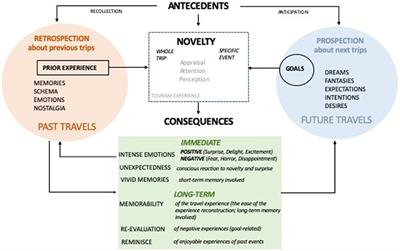In recent years, the result of the latest research on the human condition, so-called contextual therapies or third generation therapies have emerged: Acceptance and Commitment Therapy (ACT), Mindfulness, Driving Activation, Functional Analytical Psychotherapy (PIF) and Dialectical Behavioral Therapy.
These new therapies are proving to be very effective in treating emotional and behavioral problems. Among them is Acceptance and Commitment Therapy, also known as ACT (Acceptance and Commitment Therapy). ACT is an empirical therapy based on screening tests (recognized by the American Psychological Association), which applies to a wide range of psychological problems. It is developed from basic human language research and cognition, more specifically relational framework theory.
- It is understood from the ACT that suffering and pleasure are part of the human condition and that the root of suffering is in language.
- For most things in this world.
- Does the rule work?If you’re not willing to have it.
- Change it.
- For example.
- Is it possible to change the color of the walls.
- The city where you live.
- The car?But there’s a small area of life where the rule doesn’t seem to work.
In fact, in the field of thoughts and emotions, for example, the rule looks more like something like “If you’re not willing to have it, you’ll get it. “For example, if we are asked about a deceased relative, the name will come with a series of thoughts, memories and/or feelings. According to the ACT, it is considered that these events cannot be changed, but the good news is that we can change our reaction to the presence of these thoughts, memories and/or feelings.
On the other hand, in Western culture, the goal is to avoid any discomfort. “I don’t want to feel bad,” so the person focuses all his efforts on eliminating or reducing discomfort. But the effect is not as expected, in most cases. The discomfort spreads more, becomes more present and, in addition, everything that is significant or important to the person is abandoned or set aside, that is, the psychological problem is fundamentally based on what the person is doing to eliminate or reduce The figures show that each year the number of patients with psychological problems increases and depression appears to be the fourth lowest-risk disease in the world; by 2020, it will be the second.
To better understand the topic, we offer the following video, which talks about a metaphor widely used in acceptance and engagement therapy (ACT):
https://www. youtube. com/watch?v=D3lAVOMUWc4
The purpose of the intervention is to generate psychological flexibility. Behave valuablely in case of discomfort. It is about building a new repertoire of behaviors aimed at improving the life of the person. He learns to relate to his discomfort (depression, anxiety, “I can’t,” desire to drink, traumatic memories, fear of rejection, anger, guilt, etc. ) otherwise, paying all his attention to values-oriented actions. Sometimes it can be painful or uncomfortable to talk about discomfort, but eventually working on it will allow you to lead a more fulfilling life and it will be possible to go where everyone wants, that is, talking about discomfort will make sense whenever the client deems it appropriate.
To achieve this goal, ACT offers several experimental exercises, metaphors and paradoxes. We try to use the techniques in a useful way, which serve the purpose of the intervention.
Finally, the therapeutic relationship is based on understanding, acceptance, empathy and respect, the person is neither considered broken nor sick, in any case it is the product of his personal history, it will be a work between two and the client will determine the north.

